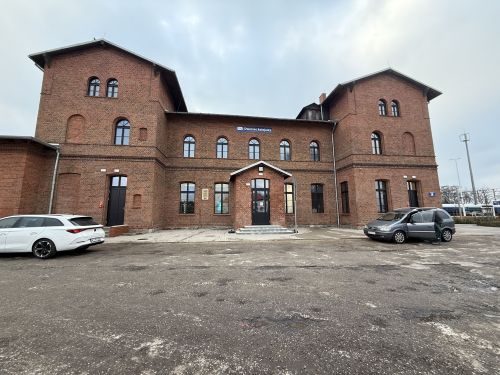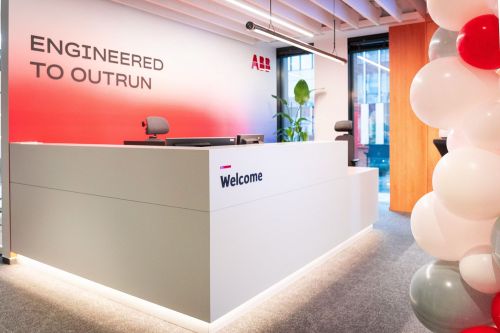Christopher A Hartwell, the president of social and economic research body CASE, opened the conference with a macro-economic overview of the CEE region, with the less than cheery news that growth for the region is currently flat. However, this is mostly due to the conflict between Ukraine and Russia – and in fact, the C in CEE is still going strong despite the uncertainty generated by these events. Czech consumer confidence is at an all-time high, more growth is predicted for the Baltics. But there are some clouds moving into this otherwise sunny picture: the prospect of both a Grexit and a Brexit are having an impact on the more euro-linked Baltics. While in Poland the main problem still seems to be how growth can be driven from private investment, rather than as it has been through consumption and public projects. As he explained, Poland has only got so far in its development and remains stuck in a ‘middle income trap’, unable to move to a higher income economy. As






























































